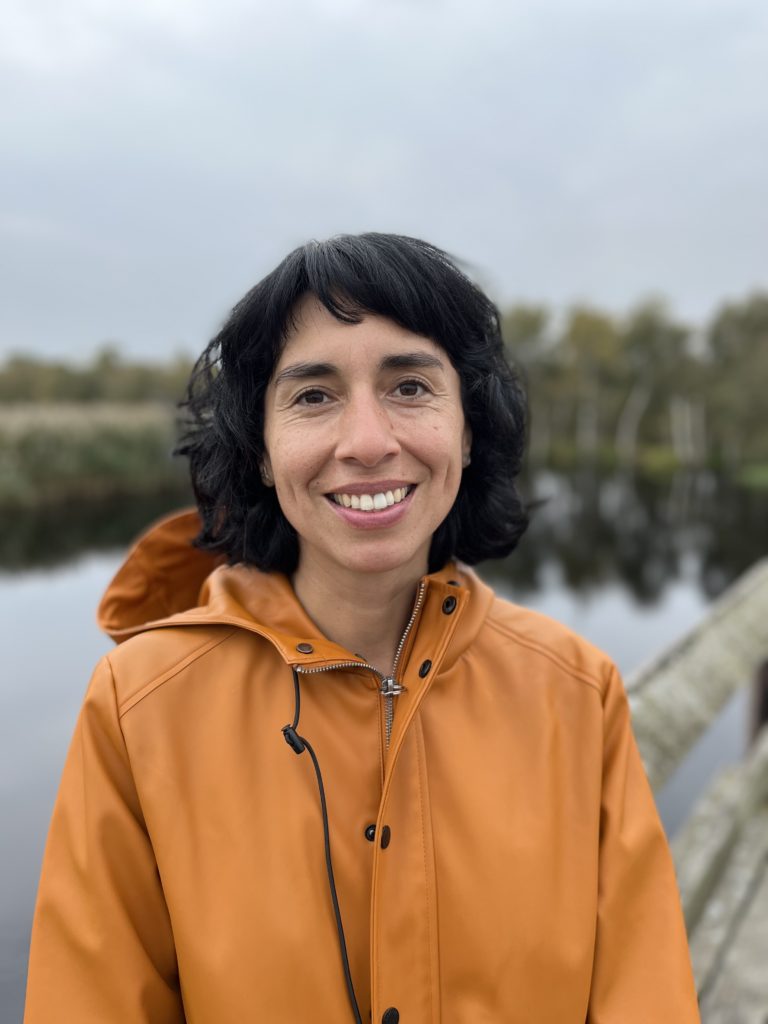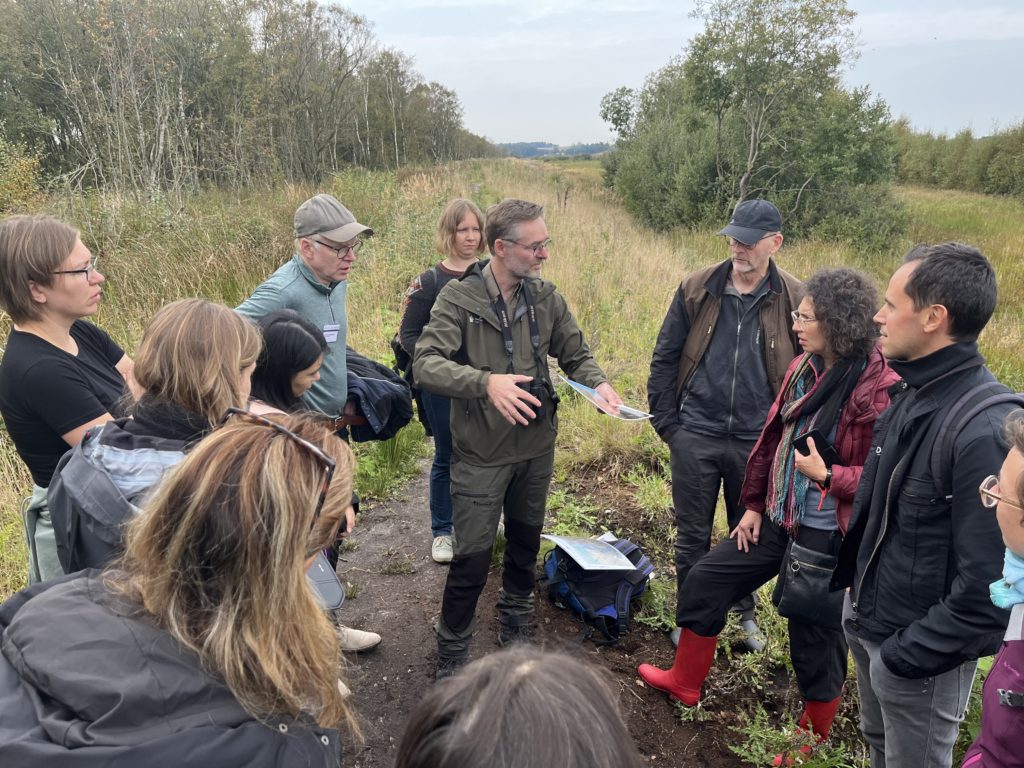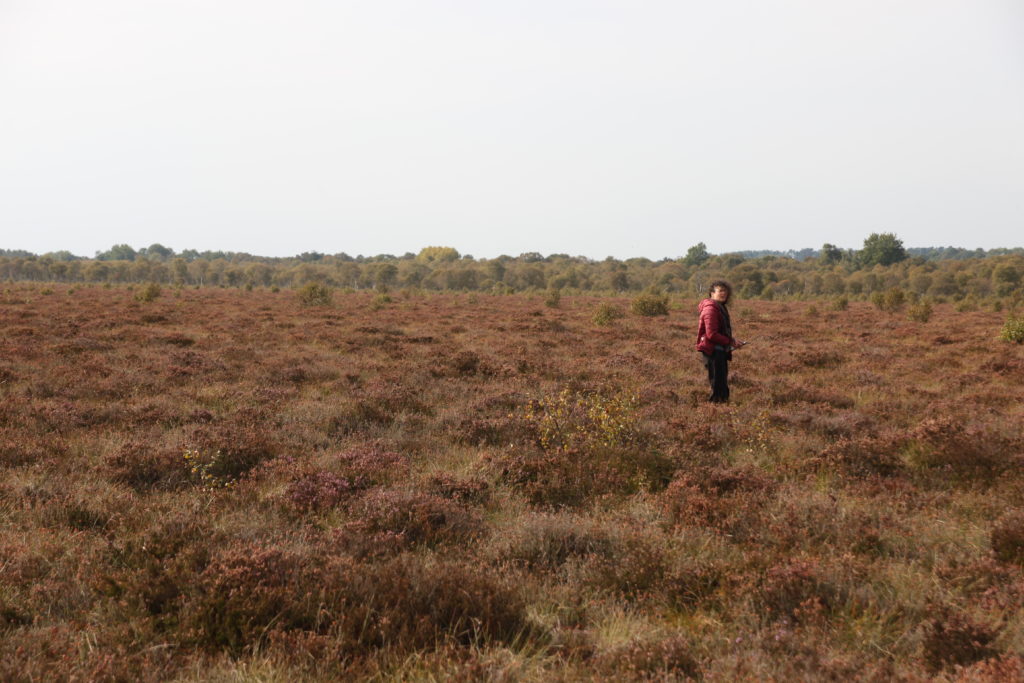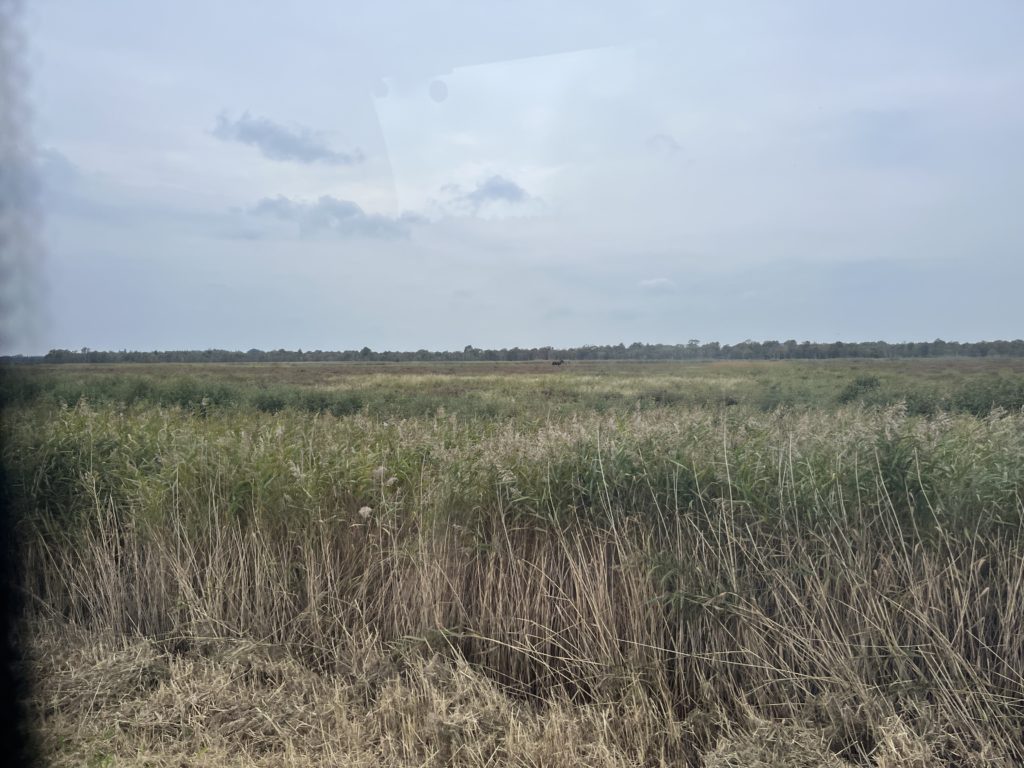By Fred Pearce
Europe’s many degraded wet places are leaking carbon dioxide into the atmosphere on a huge scale. If Europe’s climate targets are to be met, then the continent’s forgotten mires and bogs, marshes and fens, must be restored, say scientists engaged in WET HORIZONS. The European Union-funded research project aims to provide the data, and identify the key policy initiatives, that will help upgrade knowledge and find solutions to fast-tracking wetlands restoration. A key partner in the project is Wetlands International, a Netherlands-based global not-for-profit organisation dedicated to wetlands conservation and restoration. Here we ask its peatlands technical officer Sonia Mena how things are going.
Q: What is the current state of wetlands in Europe?
A: Europe’s wetlands are among the most degraded in the world, whether peatlands or sea grasses, river floodplains or mountain pastures, salt marshes or freshwater lakes. A recent report from the European Environment Agency found that only 40% of surface waters are in good ecological health. Protection remains fitful. Only around 30% of present-day wetlands are within the EU’s Natura 2000 network of protected areas.
Peatlands, which cover an area of the EU the size of Germany, are especially badly impacted by human activities, and especially badly protected. More than half have been degraded by drainage, so the land can be used for agriculture, forestry and construction, or mined for peat for use in horticulture or as a fuel. A century ago, one-third of Finland was covered in peatlands, but has since lost more than half through drainage for forestry and strip-mining for fuel.
Drained peat oxidizes, releasing carbon dioxide into the air. The EU is the world’s second largest emitter of greenhouse gases from drained peatlands, which are responsible for about 6% of its greenhouse gas emissions. But by blocking drains we can rewet them, restore their biodiversity and turn them back into carbon stores.

Q: What factors drive continuing wetlands loss in Europe?
A: The conversion of land to agriculture and forestry are still the biggest drivers of wetland draining, along with urbanisation. But there are other factors. For rivers and other inland waters, it is the regulation of water flows to generate hydropower, maintain river navigations, and sometimes misguided efforts to prevent flooding. In coastal areas, flood protection, ports, tourist developments and other infrastructure continue to gobble up estuary mudflats, salt marshes, sea grasses and kelp forests.
But, just as there is a growing push to protect bogs, fens and other wet places for nature and to store carbon as part of action against climate change, so there is also a spreading movement to free Europe’s rivers by removing barriers such as dams, weirs and artificial banks, and to reinstate lost coastal wetlands that can protect against sea-level rise. The EU’s draft Regulation on Nature Restoration should greatly increase the scale of such work. It has set a target to restore 70% of drained peatlands by 2050, for instance.
Q: WET HORIZONS is providing a research base to support such endeavours over the coming decades. Wetland’s International is a partner in that. What is your role?
A: We have a lot of on-the-ground knowledge about wetlands in Europe, as well as around the world. Our role with WET HORIZONS is twofold. First, we identify the needs and data constraints of end users (the people who can actually deliver wetlands restoration) to generate geospatial outputs for wetlands and peatlands databases.
Second, we recognise and help resolve the dilemmas and trade-offs that will inevitably be involved in large-scale wetlands restoration in the coming decades. The first activity is the one I am directly involved in. It involves a constant dialogue with policymakers, nature conservation agencies, and restoration practitioners.



Q: What examples of wetlands restoration work are there today in Europe? What is the potential?
A: In the last 25 years, many projects were realised via national and EU funds. However, these projects focused mainly on the restoration of already protected wetlands. The past decade has seen more initiatives to restoration for diverse objectives such as climate mitigation and adaptation, water safety and flood protection.
We at Wetlands International are of course very involved. Other NGOs are busy restoring some wetlands to protect wildlife and rewild habitats, such as the floodplains of the Danube. Snowchange in Finland just won a Goldman Environment Prize for its work restoring 80 peatland areas, often with Indigenous Sami collaboration.
Many peat mining companies are now increasingly involved in rehabilitating areas they have stripped. In Ireland, the main extractor, Bord na Mona, is committed to switching to rehabilitation. There is huge potential for further private investment.
Some governments are engaged too, particularly where they see collateral benefits. For instance the Netherlands’ Room for Rivers project on the rivers Rhine, Meuse, Waal and IJssel aims to improve flood protection in the low-lying country by giving rivers back their natural floodplains. Germany is doing similar work.
Meeting the targets of the Paris Climate Accords and achieve net-zero emissions will require ending all carbon emissions from the continent’s peatlands and other wetlands. What is often missing is the data, both to identify the best sites for restoration and to assess the potential benefits, whether for biodiversity, water regulation or carbon sequestration.
Q: What work have you accomplished with WET HORIZONS so far, and what work is in view going forward?
A: We have successfully engaged from an early stage of the project with EU-level organisations, national agencies, NGOs and the private sector, listening to their perspectives, understanding their priorities and concerns, and collecting and systematising their need for data to fulfil their duties and ambitions on wetlands restoration.
WET HORIZONS is committed to incorporating stakeholders’ demands in order to ensure the future acceptance and usability of the digital tools and decision support system. The results have been summarised in a technical report that is currently being reviewed by the European Commission and will be soon open to the public.
The input from end users has been channelled through three different activities: surveys, workshops and interviews. Our role has been to create a space where we can find common ground. In the coming months, we will be preparing the second and last interactive workshop with end users. More events will follow in the coming years where different prototypes of the tools will be shared and tested with future users.
Q: What is to come?
A: We do not work in a silo. We are open to work in partnership with others, by understanding the overlap between the projects’ tasks and identifying possible synergies. We have identified for collaboration several EU-funded projects, including LIFE, which funds environmental and climate action projects, and Europe Horizon, the research funding agency, which both pursue similar objectives to Wet Horizons.
Meanwhile, we are looking forward to a major European Peatland Conference in Antwerp in September that will discuss the scientific, management and policy aspects of the continent’s new drive for peatland restoration.
This article was originally published on Earth.org on 07.06.2023.